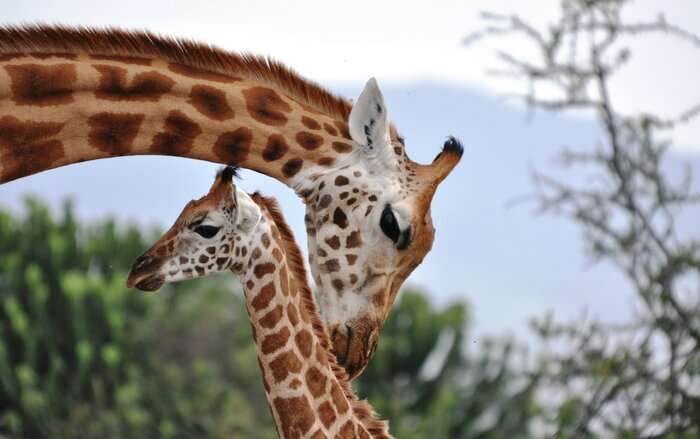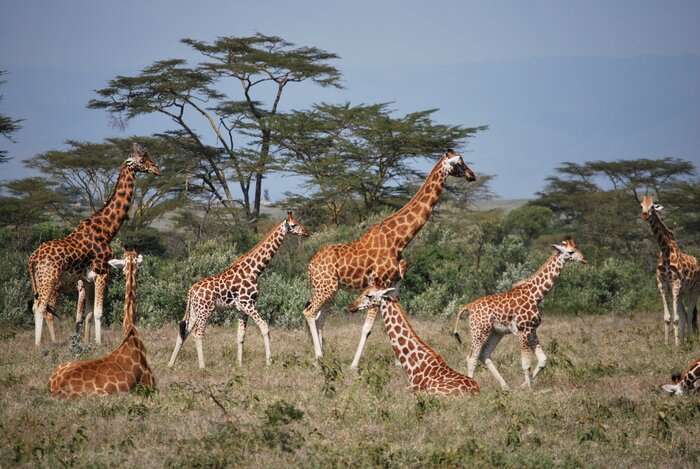It’s the Left’s next great ethical frontier.
by TOM RAABE
July 21, 2023
Tatiana Shepeleva/Shutterstock

The world has been so crazy the past few years that something really wild might have snuck up on us.
READ MORE: Apple v. Biden: A Patently Absurd Approach to Innovation
If you went to sleep in 2010, a mere 13 years ago, and woke up now, you’d see things you never thought possible: legal homosexual marriage and a real-estate tycoon elected to the presidency, followed by a guy who slurs his words and starts shouting at people for no reason. You’d hear women who think they are men denying that only women can give birth because they could give birth, and they’re men, you see. You’d see men who think they’re women displaying their “packages” in women’s dressing rooms with the benediction of influential feminists. Not to mention guys kicking women’s butts in women’s swim meets, track meets, and cycling races and being praised for it. You’d see 57 genders. You’d see an entire political party, including a Supreme Court justice, who can’t tell you what a woman is. And you’d see healthy young people walking around in fresh air with masks covering their faces.
Back in the day, nobody anywhere thought any of that would happen. And everything we think is a bridge too far — like reparations — might be a bridge looming just beyond the horizon.
I don’t know if it’s the next big thing or not, but here’s an idea.
Get ready for civil rights for robots.
We have self-driving cars and trucks; computers that write sermons and automated religious figures that answer complicated ethical questions; computer programs that write scholarly papers that can be passed off as original; and AI writing news dispatches and movie scripts. (READ MORE by Tom Raabe: The AI Threat to Religion)
A couple of years ago, a nursing “bot” said it talked with, sang with, and played bingo with residents at a Singapore nursing home.
At a U.N.–sponsored conference in early July, a robot stood before 3,000 human conventioneers and said it could run the world better than mere mortals could. At the AI for Good Global Summit in Geneva, Sophia, developed by Hanson Robotics, said:
Humanoid robots have the potential to lead with a greater level of efficiency and effectiveness than human leaders. We don’t have the same biases or emotions that can sometimes cloud decision-making, and can process large amounts of data quickly in order to make the best decisions.
Awaiting the Singularity
Of course, the Singularity has to arrive first. Presently, the ’bots are merely regurgitating what is fed to them, canvassing the web and spitting out relevant data configured in recognizable syntax and with learned vocabulary. Once these robots achieve something like sentience — the ability to feel and think and perceive and improve themselves exponentially given their capacity to mine all known information — and once they’re appliquéd with a “skin” and endued with facial features that make them look human, however, they’ll be some pretty impressive and powerful machines.
READ MORE: AI Will Not Destroy Humanity
Ray Kurzweil, a principal researcher and AI visionary at Google, says Singularity will happen in 2045. Half the experts in a recent poll put the date at 2040. Others, deluded but incurable optimists, say it will never happen.
Rights for robots have been on the table for decades, but these rights have been pretty utilitarian, like the right to the latest upgrades, the right to be fully charged, the right to receive fresh batteries and replacement parts, the right not to be turned off and stuck in the corner of the garage with the broken-down weed-whacker. The recent dramatic advances in artificial intelligence, and the spate of AI-related stories floating about lately, have made more sophisticated robot rights top-of-mind.
So, projecting forward, if human rights are going to be granted to these machines, what would that look like?
First off, they’ll need their own month — you know, for parades and soirées on the White House lawn. Also, a logo and flag are de rigueur, to be affixed to the products of sympathetic manufacturers and flown from government buildings, respectively.
Memorial days will also be necessary. Alan Turing’s birthday would make a nice holiday, as would that of Isaac Asimov, who formulated the famous “Three Laws of Robotics.” The date in 1997 when IBM’s Deep Blue defeated the world’s greatest chess player at the time, Garry Kasparov, would make a nice government holiday. Or some sort of celebration for Philip K. Dick, whose every techno-thought, it seems, has been turned into a sci-fi dystopia (Blade Runner, Blade Runner 2049, Minority Report), the first two of which feature replicants — smart, good-looking robots. “Dick Day,” they could call it, and make it a joint venture during the Holy Month of Pride, perhaps.
Speaking of the arts, ’bots will, of course, require proportionate representation in all visual media. That beer commercial with the rainbow coterie — the black guy, the Hispanic, the Asian, the gay or lesbian, the trans, the obligatory white — will perforce need a ’bot engaging in the camaraderie and tipping back a cold one as well.
And since the barrier of racial verisimilitude has been breached in theater — blacks played Aaron Burr, the Marquis de Lafayette, Thomas Jefferson, and George Washington in the original Hamilton stage play — there is no reason for refusing to cast robots out of time and place. Maybe cast Sonny from I, Robot and his mates in a Spartacus remake, or populate the next Civil War drama with a generous contingent of robots. How nice would it be to see a ’bot in the cast of the next Downton Abbey sequel … and not as a servant, thank you very much. (READ MORE: Adaptive Apps: New Technology Adjusts Lessons Based on Students’ Skill Levels)
It goes without saying that we’ll have to watch what we call them. No ’bot slurs will be permitted. “Bucket of bolts”–type humor might have worked before enlightenment, but lambaste a ’bot with “overweight glob of grease” or “nearsighted scrap pile,” as C-3PO hit R2-D2 in the Star Wars franchise, and you will be punished for unforgivable speciesism.
Courting the Robot Vote
Fun and games aside, let’s talk the real danger of robot rights: voting.
If Singularity becomes a reality, the ’bots are liable to be as smart as, and maybe a lot smarter than, we are. If they also match us humans in self-awareness and become as anxious about their future and as capable of joy and suffering as we are, it will be pretty tough to keep them out of the voting booth.
After outlining two reasons for granting some semblance of rights to robots — that they act like sentient beings and treating them kindly redounds to the mental well-being of humans — Daniel Akst wrote, in the Wall Street Journal, in April:
The case for robot rights will probably grow stronger as artificial intelligence gains in sophistication. That leads to a third argument for rights, which is that robots will increasingly be capable of autonomous action, and potentially both be responsible for their behavior and entitled to due process. At that point, robots would be moral agents — and might well make the case that they are entitled to commensurate rights and privileges, including owning wealth, entering into legal agreements and even casting ballots. Some people foresee a sort of citizenship, too. (emphasis added)
Computer pioneer and chess expert David Levy added this:
Any self-aware robot that speaks a known language and is able to recognize moral alternatives, and thus make moral choices … should be considered a worthy “robot person” in our society. If that is so, should they not also possess the rights and duties of all citizens?
The problem for conservatives is this: AI already trends left. AI is Silicon Valley; Silicon Valley is Democrat. Connect the dots, and robots voting is not a positive development for conservatives.
But robots voting per se. Isn’t it ridiculous? Impossible? Insane?
Tell me you saw transgenderism coming 13 years ago.












